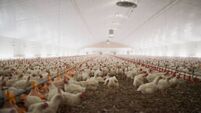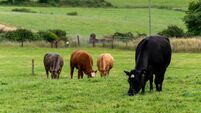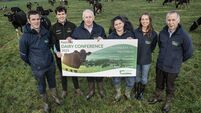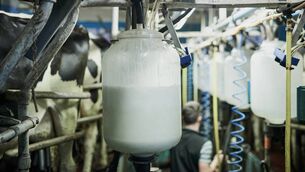Navigating your way through late lactation
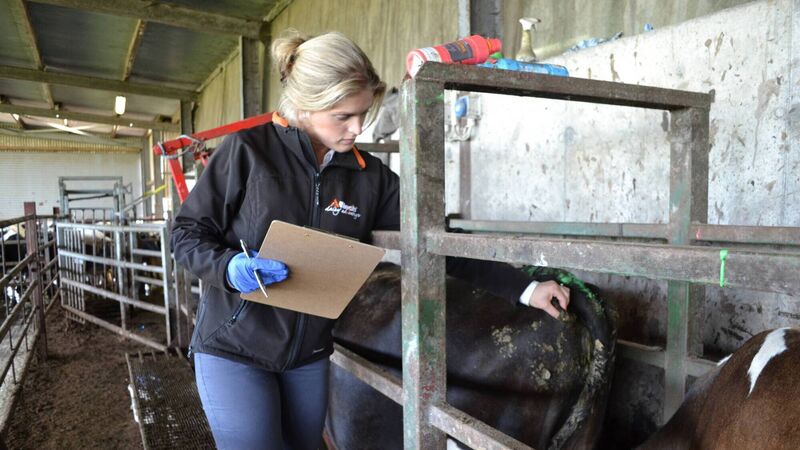
Sarah Maher, Regional Manager Southeast, Alltech Ireland, body condition scores some heifers
Irish dairy farmers have faced many challenges in recent months. Decreasing milk price, poor weather conditions and nitrates derogation implications have all been common topics of discussion during farm visits.
As cows move further into late lactation, ensuring sufficient dry matter intake (DMI), meeting milk quality standards and ensuring cows are achieving body condition score (BCS) targets will be crucial for milk production in the current lactation and for a successful dry cow period.

